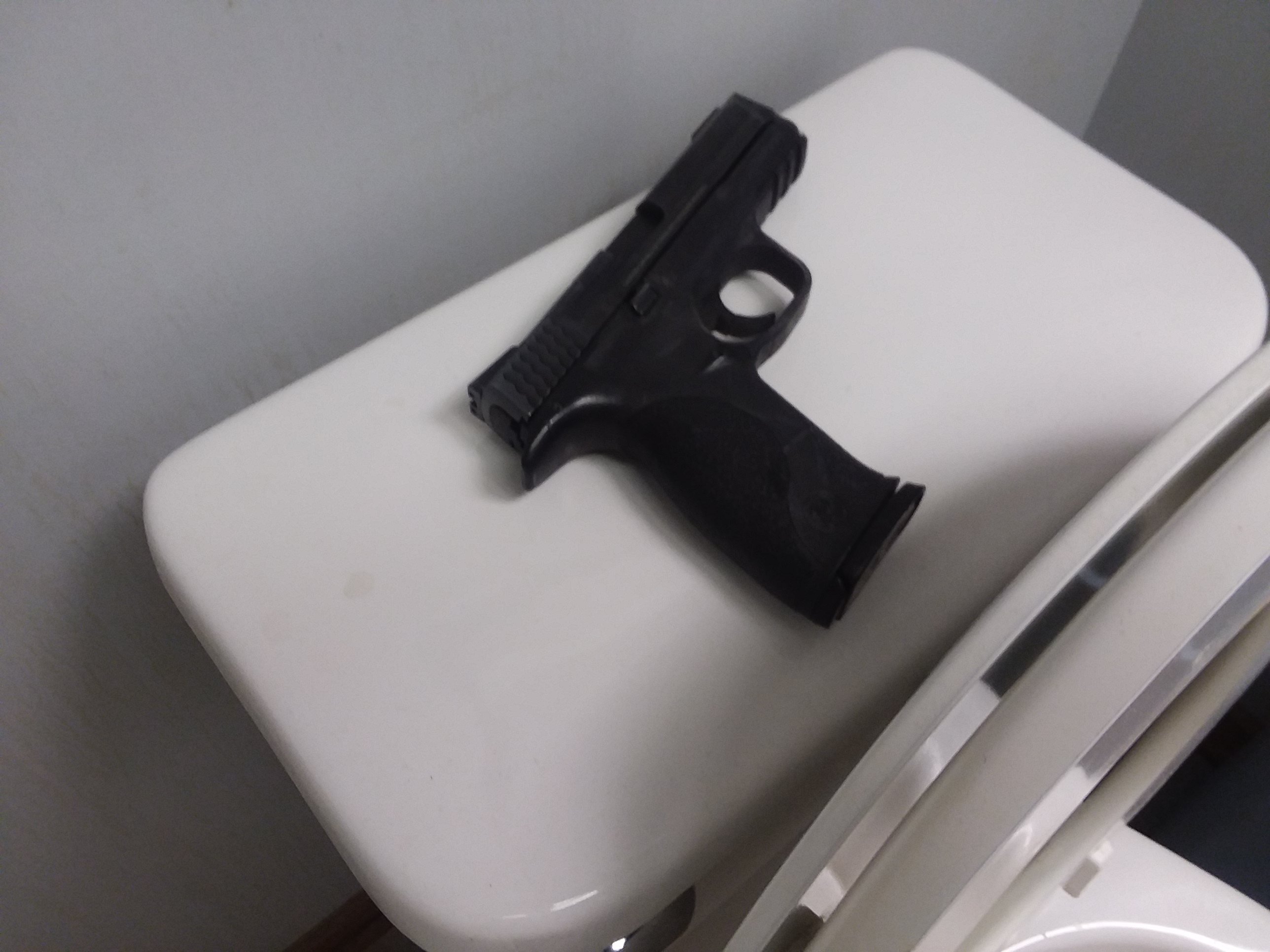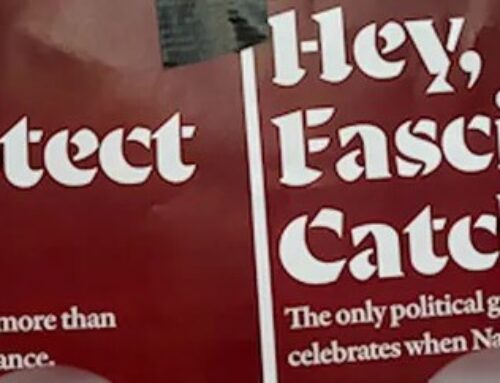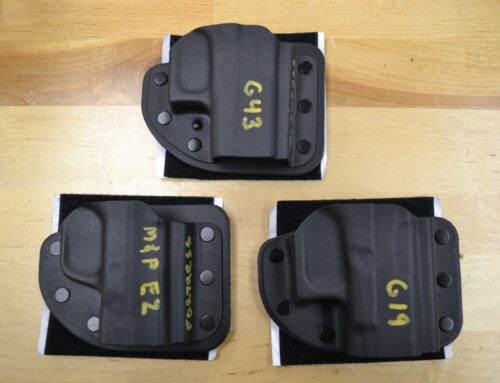“Life shifting repentance begins where blame shifting ends” – Timothy Keller
On June 7th, Grayson County, Texas, Sheriff, Tony Bennie, was on vacation with his grandchildren and stopped at a Covington, GA, Wendy’s to eat. When he went to use the restroom with his 5-year-old grandson, he entered a stall, removed his department issued pistol, and placed it on the paper dispenser.
According to Bennie, his grandson began acting up, so he exited the stall, leaving his handgun behind. He tended to his grandson and left the bathroom. Soon after, a 15-year-old boy walked in and found the pistol, and while handling it, discharged a single round. The bullet struck a handrail – no one was injured.
The shot was heard by all in the restaurant, and a slew of 9-1-1 calls were immediately placed. The shots fired report elicited a large Code 3 response, and a minor panic.
In the interim, Bennie retrieved his handgun and re-holstered it.
Upon arrival, police began interviews. Bennie identified himself as “The Sheriff of Grayson County, Texas”, and upon hearing that information, the “kid gloves” treatment began by responding officers. Courtesies were extended we mere mortals would never receive, including allowing him to maintain possession of his firearm during questioning.
However, officers were sure to talk down to the teen who fired the gun – no yelling, but insinuating it was all his fault.
At one point the sheriff and a local officer were in the double door entrance way of the restaurant where Bennie was asked if it would be alright if they got the serial number of his gun for the paperwork. He agreed and immediately proceeded to draw it. The officer suggested they do that outside, and the sheriff then re-holstered.
I can’t imagine the amount of extra holes I’d have in me (or at least the number of knees that would be in my back) if I attempted to draw a pistol while being detained for questioning. There’s that, plus the stupidity of drawing a pistol with complete disregard of any “safe direction” to point it, and doing so inside a restaurant where an unintentional discharge you were responsible for had just occurred.
Officers on scene declined to cite the sheriff with any infraction, and the D.A. announced two days later there would be no charges since it was an accident and “lacked intent.”
That’s interesting as I’m wondering how well it would work for any of us to claim “we didn’t intend to” anytime law enforcement suggests we committed an infraction. I’m betting it won’t.
There’s fatigue setting in with the constant double standard. Citizens are held responsible for even the most minor faux pax while government agents and employees are not. From Congressional insider trading to patrol officers talking on their phones and speeding, the public is quietly growing weary of being treated like children while also being forced to pay for the lectures.
Being that Festivus is still 5 months away, I’ll refrain from allowing this to devolve into a full airing of the grievances.
Lesson
The synopsis of our Level I Pistol Program is this: We teach students how to LIVE with their guns, in every sense of the word.
Yes, we teach people how to shoot and how to fight, but that’s only a small part of the knowledge required to carry a pistol daily.
There are two conditions under which we handle our guns – Administrative and Tactical. Tactical is gun handling during a fight; Administrative being any other time.
Unless your life is far more exciting than mine, we’re going to spend right on the edge of 99.9999% of our time engaged in Administrative gun handling, as most of us will never be involved in a gunfight (which is a good thing!) Thus, we devote large blocks of class time to loading/unloading, proper storage, daily routine, “check lists”, keeping guns from unauthorized hands, and how to use public restrooms while carrying. All may be mentioned in many training courses, but they are rarely focused on.
Our goal is to prevent Unintentional Discharges (no inadvertent shots ) and to impart the skills necessary to place rounds when and where they need to be (intentional shots only to those who need it, exactly when they need it.)
Most firearm discharges in public are not on purpose. It is actually rare for one person to point a gun at another with the intent of shooting them. Unintentional discharges, however, are a daily occurrence. Most aren’t reported, nor are the majority of cases where guns are left behind in bathrooms.
But, when the gun left behind is ours, and it results in death, injury, or property damage, we can rest assured we won’t be receiving the same treatment as Sheriff Bennie. This is a serious responsibility with grave consequences.
Make a plan – Have a check list.
Keep the commandment: Thou shalt leave no gun behind!
“We must all suffer one of two things: The pain of discipline or the pain of regret.” – Jim Rohn





